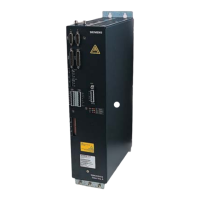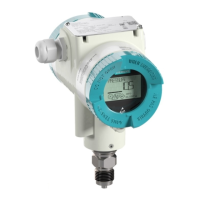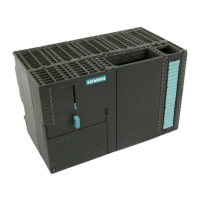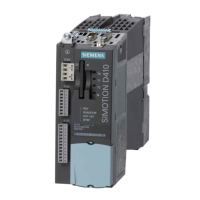6
6.1 Operating mode, speed/torque setpoint (P0700 = 1)
6-349
Siemens AG 2005 All Rights Reserved
SIMODRIVE 611 universal Description of Functions (FBU) – 04.05 Edition
The torque/power can be reduced continuously by reducing the cur-
rently effective torque limit using ”MomRed” control word (refer to
Chapter 5.6.6). The result of the conversion is a percentage factor k
which is applied to P1230 (torque limit) and P1235 (power limit). For
the specified k factor, P1230 is replaced by k*P1230 and P1235, by
k*P1235 in Fig. 6-7.
Table 6-8 Parameters for limits
Parameters
No. Description Min. Standard Max. Units Effec-
tive
1145 Stall torque reduction factor 5.0 100.0 1 000.0 % Imme-
diately
... the start of stall torque limiting can be changed (refer to Fig. 6-7).
For a setting greater than 100%, the intervention point is increased.
For a setting of less than 100%, the intervention point is decreased.
1230:8 1st torque limit value (SRM, ARM)
1st force limit value (SLM)
5.0 100.0 900.0 %
Imme-
diately
... specifies the maximum torque referred to the pull–out torque (SRM), rated motor torque
(ARM) or stall force (SLM) of the motor.
SRM/SLM:
Stall torque/stall force = P1118 P1113
P1118: Motor standstill (stall) current
P1113: Torque constant
ARM:
Rated motor torque = ((P1130 1000)/(2π P1400/60))
= 9549.3 (P1130/P1400)
P1130: Rated motor power
P1400: Rated motor speed
The minimum of the torque, power and stall torque limits are always effective as limit (refer to
Fig.6-7). The standard pre–assignment for ARM is 100%.
For SRM/SLM, this is realized with the following operator action Calculate controller data,
whereby the value is obtained from the following formula:
SRM/SLM: P1230 = (P1104/P1118) 100 %
The following is especially true for ARM:
In order to achieve significantly shorter accelerating times up to the maximum speed, the power
and current limits must also be increased.
Important:
If the motor is overloaded for a longer period of time, this can result in an impermissible temper-
ature rise (the drive is shutdown as a result of a motor overtemperature condition); the motor
can also be destroyed.
6 Description of the Functions
02.02

